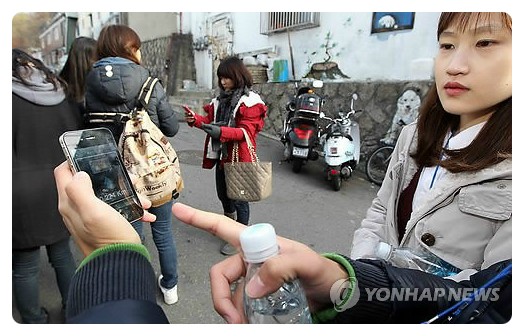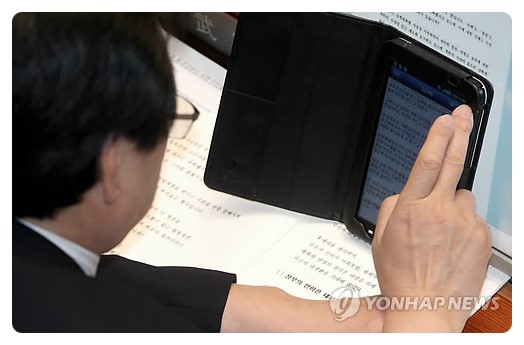Insadong: Culture and Crafts Aplenty
Insa-dong Street is one of the most memorable attractions in Seoul and represents the focal point of Korean traditional culture and crafts. Stores in Insa-dong specialize in a wide variety of goods that can only be purchased or appreciated in Korea: hanbok (traditional clothing), hanji (traditional paper), traditional teas, pottery, and folk crafts.
The Deep Roots of Insa-dong Street
Insa-dong Street stretches over 700 meters between the Anguk-dong Rotary and Tapgol Park (Jongno 2-ga). During the Joseon Dynasty (1392-1910), the street was dominated by Dohwawon, a place of study for painters. The area is still a center for the arts, and painters, craftsmen, and art lovers continue to set up shop along the narrow alleys, making it a unique place full of folk crafts, pottery, and paintings. The street offers rich opportunities for visitors to experience Korean traditional culture and arts. Various art events and festivals are regularly held along the street.
From Expensive Ceramics to Daily Use Items
Approximately 40% of Korean crafts are exchanged in Insa-dong. Some products even trace back to the Three Kingdom Period (57 B.C.-668 A.D.) The most popular items are Korean ceramics ranging in price from hundreds of dollars to thousands of dollars. Other items sold in Insa-dong include earthenware, calligraphy materials, antique furniture, hanji, hanbok, teas, souvenirs, and cute accessories. Nearby shops include cafés, restaurants, ateliers, and galleries specializing in a diversity of items.
Vehicles are not permitted on the street during weekends, making it more amenable for visitors to look around. Insa-dong is also close to other tourist attractions such as Cheonggyecheon Stream and Gyeongbokgung (the royal palace during the Joseon Dynasty).
Insa-dong Street is one of the most memorable attractions in Seoul and represents the focal point of Korean traditional culture and crafts. Stores in Insa-dong specialize in a wide variety of goods that can only be purchased or appreciated in Korea: hanbok (traditional clothing), hanji (traditional paper), traditional teas, pottery, and folk crafts.
The Deep Roots of Insa-dong Street
Insa-dong Street stretches over 700 meters between the Anguk-dong Rotary and Tapgol Park (Jongno 2-ga). During the Joseon Dynasty (1392-1910), the street was dominated by Dohwawon, a place of study for painters. The area is still a center for the arts, and painters, craftsmen, and art lovers continue to set up shop along the narrow alleys, making it a unique place full of folk crafts, pottery, and paintings. The street offers rich opportunities for visitors to experience Korean traditional culture and arts. Various art events and festivals are regularly held along the street.
From Expensive Ceramics to Daily Use Items
Approximately 40% of Korean crafts are exchanged in Insa-dong. Some products even trace back to the Three Kingdom Period (57 B.C.-668 A.D.) The most popular items are Korean ceramics ranging in price from hundreds of dollars to thousands of dollars. Other items sold in Insa-dong include earthenware, calligraphy materials, antique furniture, hanji, hanbok, teas, souvenirs, and cute accessories. Nearby shops include cafés, restaurants, ateliers, and galleries specializing in a diversity of items.
Vehicles are not permitted on the street during weekends, making it more amenable for visitors to look around. Insa-dong is also close to other tourist attractions such as Cheonggyecheon Stream and Gyeongbokgung (the royal palace during the Joseon Dynasty).
























